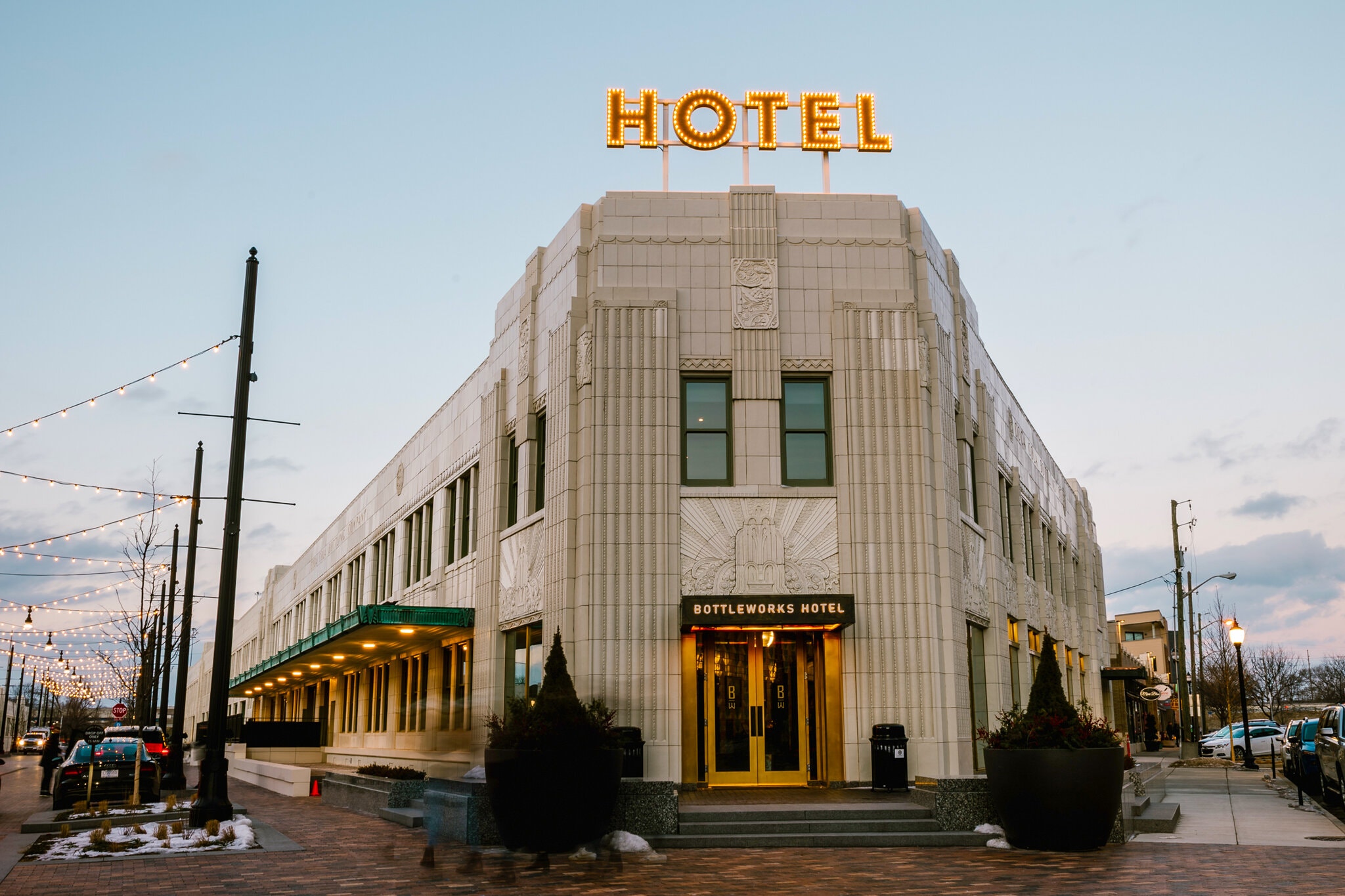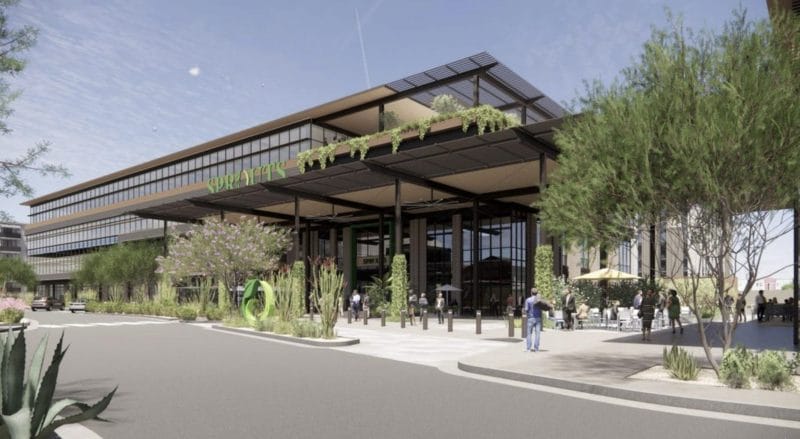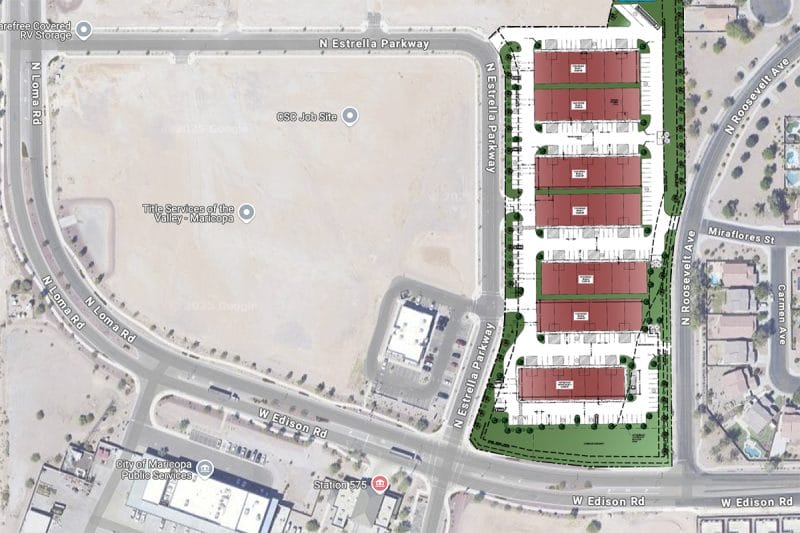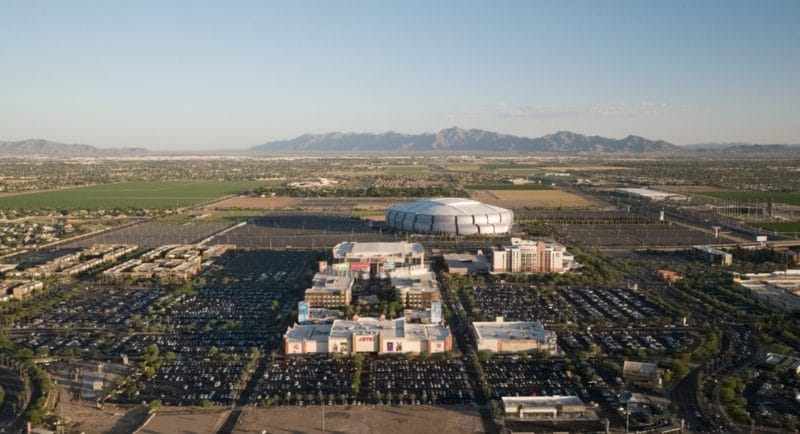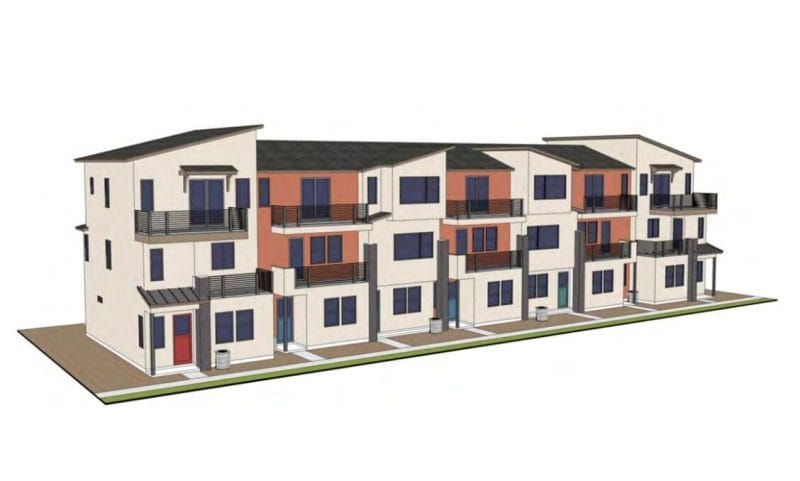By Kevin Williams | The New York Times
In 1931, glass bottles of sparkling soda began rolling off the assembly line at the Coca-Cola bottling plant in downtown Indianapolis. It’s unlikely that the factory’s architect gave much thought to the possibility that shifting consumer habits would make the glass bottle a relic within a couple of generations.
Instead of slipping into obsolescence, the factory went on to have multiple lives. After the Coke factory closed in 1971, the building was briefly used to house Indy 500 racecars, then spent decades as a school bus garage before becoming a 139-room boutique hotel anchoring a new entertainment district last year.
A century ago, developers didn’t give the future much thought, but today, they don’t have the same luxury. A combination of pandemic disruptions and constantly changing technology has brought the hazy, distant horizon much closer.

